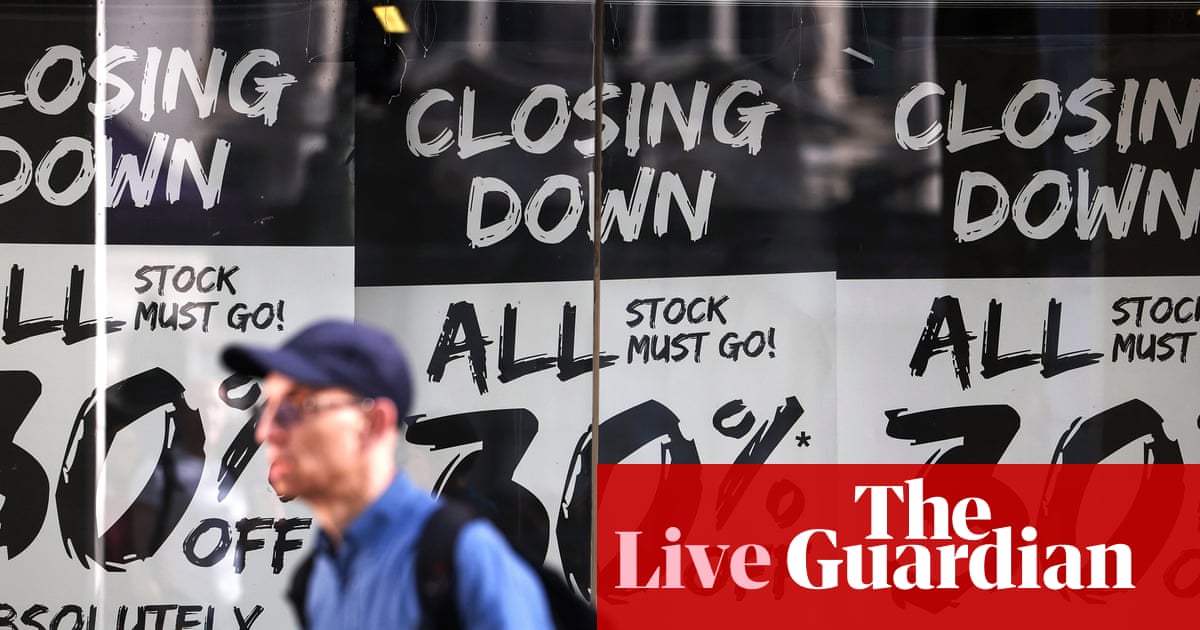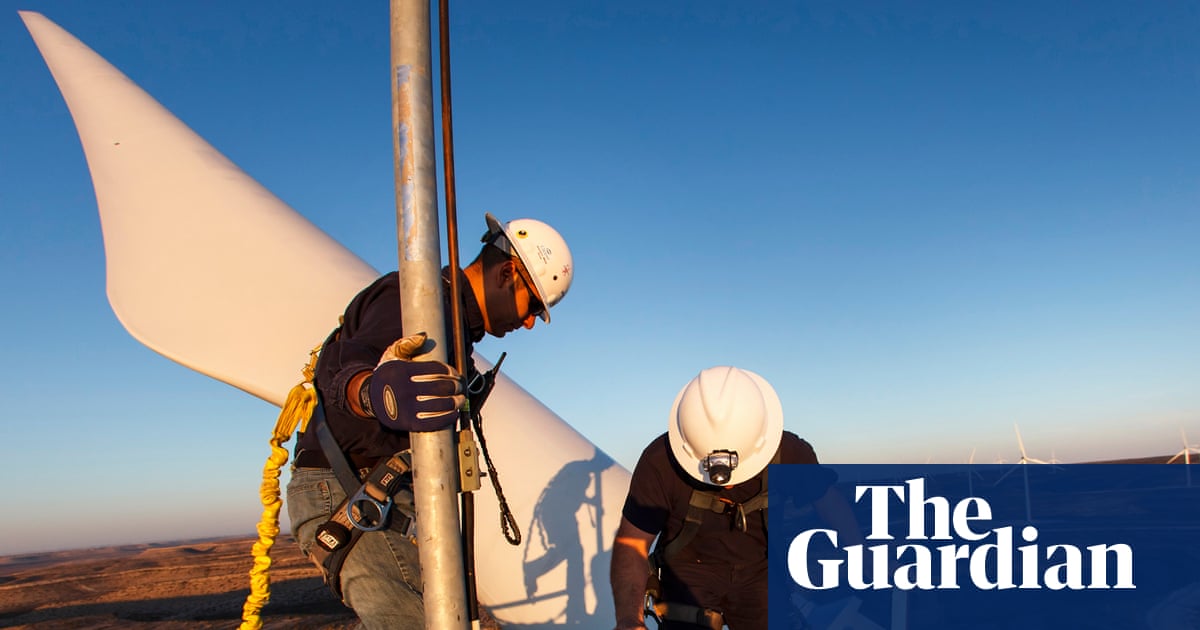The fossil fuel industry pumped an extra 389m tonnes of carbon pollution into the atmosphere last year by needlessly flaring gas, a World Bank report has found, describing it as an “enormous waste” of fuel that heats the planet by about as much as the country of France.
Flaring is a way to get rid of gases such as methane that arise when pumping oil out of the ground. While it can sometimes keep workers safe by relieving buildups of pressure, the practice is routine in many countries because it is often cheaper to burn gas than to capture, transport, process and sell it.
Global gas flaring rose for a second year in a row to reach its highest level since 2007, the report found, despite growing concerns about energy security and climate breakdown.
It found that 151bn cubic metres (bcm) of gas were burned during oil and gas production in 2024, up by 3bcm from the year before.
“Flaring is needlessly wasteful,” said Zubin Bamji, the manager of the World Bank’s Global Flaring and Methane Reduction Partnership (GFMRP), which wrote the report. “[It’s] a missed opportunity to strengthen energy security and improve access to reliable power.”
In many cases, observers complain, the rules to prevent needless flaring are weak and poorly enforced, and companies have little incentive to stop doing it because they do not have to pay for the pollution it causes.
The report found that nine countries – Russia, Iran, Iraq, the US, Venezuela, Algeria, Libya, Mexico and Nigeria – were responsible for three-quarters of all gas flaring in 2024. Most of the worst offenders were countries with state-owned oil companies.
Despite efforts to stop the practice, the intensity of flaring – the volume flared per barrel of oil produced – had remained “stubbornly high” over the last 15 years, the report found.
Flaring intensity in Norway, one of the cleanest oil and gas producers, is 18 times lower than in the US, and 228 times lower than in Venezuela, according to the data.
Andrew Baxter, an oil and gas expert at the nonprofit Environmental Defense Fund, who was not involved in the report, said it was “deeply disappointing” to see a return to the gas flaring levels of 2007.
“Such levels of flaring are an egregious waste of resources,” he said. “[They] are catastrophic for climate and human health.”
The International Energy Agency has called for the elimination of all flaring except in emergencies by 2030. The value of gas flared last year, which would have been worth about $63bn at EU import prices for 2024, is more than half of the upfront costs that the IEA says are needed to stop the practice altogether.
Jonathan Banks, a methane expert at the nonprofit Clean Air Task Force, who was not involved in the report, said solutions were well known and often cost-effective. “What is missing is the political will and regulatory pressure to implement them at scale.”
The report highlighted areas of progress, pointing to some oil and gas producers, such as Angola, Egypt, Indonesia and Kazakhstan, that had successfully reduced the amount of gas flared.
after newsletter promotion
Kazakhstan, which has levied steep fines on companies that break the rules, had reduced flaring by 71% since 2012.
Banks said: “We need more of this kind of action and more support to help lower-income, high-flaring nations overcome infrastructure and governance barriers.
“We also need global coordination, particularly from major oil importers, to create incentives that reward responsible producers and raise the bar for everyone.”
The report, which used satellite data to estimate flared gas, was produced by the GFMRP, which is made up of some of the world’s most polluting governments and companies.
Its funders include European energy firms such as BP, Eni, Equinor, Shell and TotalEnergies, as well as major oil-producing countries such as the US, Norway and the United Arab Emirates.
The group has encouraged countries and companies to end routine flaring by 2030. According to the report, countries that endorsed the initiative have on average reduced their flaring intensity by 12% since 2012, though absolute volumes have fallen only slightly in that time, while countries that have not made the pledge increased their flaring intensity by 25%.
“Reducing gas flaring is not without challenges,” said Bamji. “It requires upfront investment, adequate infrastructure, strong regulatory frameworks and sustained political will.”
If those conditions were in place, countries could significantly cut flaring, “often while unlocking new sources of revenue and improving energy access”.

 4 hours ago
2
4 hours ago
2

















































